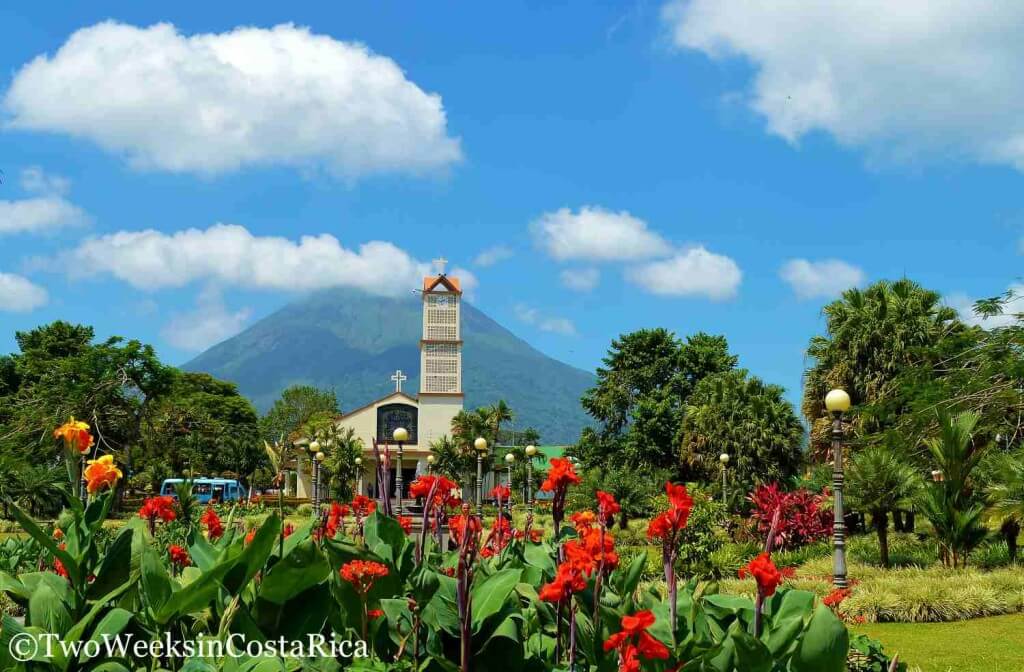Arenal Volcano

Arenal Volcano
Arenal is the country's most active volcano. At 3,500 feet above sea level (3,500 a.s.l.),
it’s almost perfect conical shape dominates the plains around the Fortuna de San Carlos
area. Daily emissions of gas, ash, and lava were the hallmark of this volcano from the
eginning of the present eruptive cycle in 1968 until the year 2010 when activity finally
declined. According to volcanologists, Arenal is a young volcano, approximately 10,000
years old. The volcanic activity also provides the energy for a series of hot springs
that are an additional highlight for visitors to this scenic area. Before the current
ycle of activity, there are no historical records of eruptions; however, the geological
evidence suggests the last lava flows date from the early fifteenth century. Even though
there are no more rumbles or mushroom-shaped clouds from the small Strombolian-type
eruptions rising from the summit, Arenal is still one of the highlights of Costa Rica,
a common destination for almost 8 out of every 10 visitors in the country. This is
mainly due to the beautiful scenery and landscape, abundant wildlife, and the many
activities available within the area.
On Monday, July 29, 1968 at 7:30 AM, the Arenal Volcano suddenly and violently erupted.
The eruptions continued unabated for several days, burying over 15 square kilometers with
rocks, lava and ash. When it was finally over, the eruptions had killed 87 people and buried
3 small villages – Tabacón, Pueblo Nuevo and San Luís – and affected more than 232 square
kilometers of land. Crops were spoiled, property was ruined, and livestock was killed.
It was a difficult time for the people of Arenal.
At the height of its ferocious activity, the volcano flung giant rocks – some weighing
several tons – more than a kilometer away at a rate of 600 meters per second. These explosions
would go on to form three new active craters.
The desolated village of Arenal, with a main street paved by lava, was covered a few years
later when Costa Rica’s largest hydroelectric project, the Lake Arenal Dam, created an
extensive water reservoir.
Between 1968 and 2010, the Arenal Volcano was extremely active – it spewed hot rocks, smoke,
ash, and lava from its top almost every day. None of the explosions, however, compared to
that of 1968. Since then, the locals have taken caution in building their settlements and
farms too close to the volcano. At the present, all towns, hotels and trails are set at a
safe distance from Arenal.
Although the volcano took the lives of many men and women, it has given back to the community
by becoming one of Costa Rica's most visited natural attractions. While agriculture is still
important to the region, tourism has surpassed this to become the main source of income for the
area’s people.

![[Return]](https://www.tomjfisher.com/Travel/ar1re_lt.gif)

![[Return]](https://www.tomjfisher.com/Travel/ar1re_lt.gif)